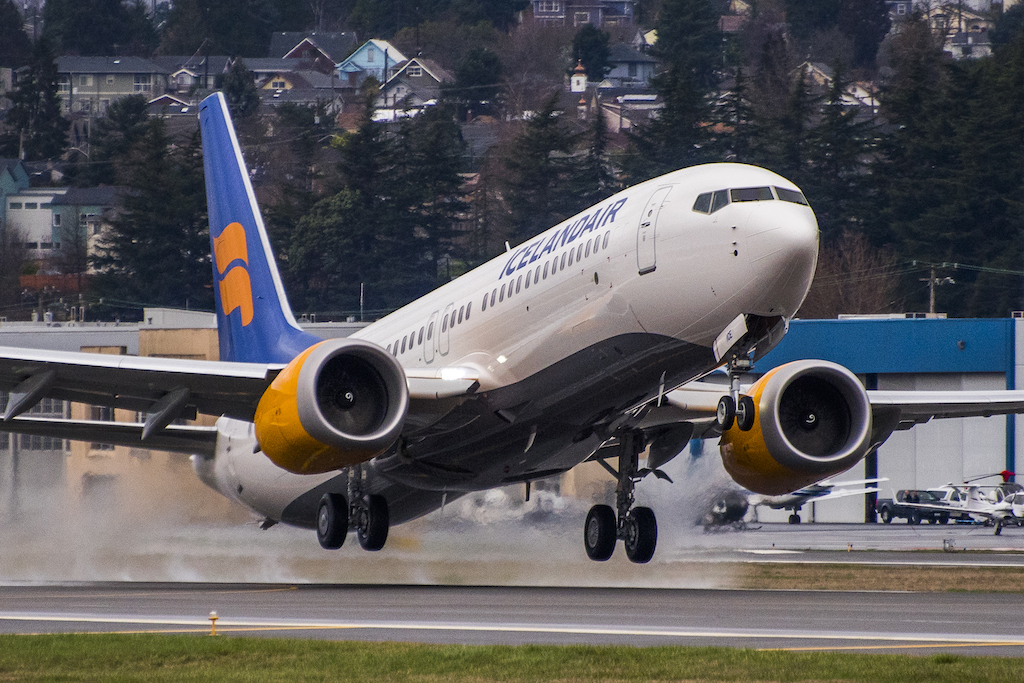Boeing Fails Its Tylenol Moment With Ethiopian Crash

All crisis communicators’ eyes were on Boeing this week, and, alas, the company’s response to its plane crashing in Ethiopia was a failure. The company resisted calls to voluntarily ground the type of plane involved, thus failing its Tylenol moment.
Tylenol, of course, is the textbook example of crisis response done right; in 1982, Johnson & Johnson voluntarily removed its product from the shelves after seven people died from cyanide-laced pills.
Boeing was called on to do something similar, but fiercely resisted. The seriousness of the crisis for Boeing can’t be overstated. Even before the U.S. announced yesterday it would ground the 737 Max 8, the type of plane that crashed March 10, two-thirds had already been pulled due to the action of airlines and countries, including China, Indonesia, Canada, and the UK.
In other words, Boeing let its customers and regulators decide that the right thing would be done — just not by Boeing (it has since said it now agrees with the U.S. decision). Mostly, it looked like Boeing didn’t care.
The 737 Max 8 is the same plane model that crashed in Indonesia just in October. In both instances, the accidents occurred within minutes after takeoff, killing everyone on board. A main suspect is the aircraft’s software, which is accused of overpowering the pilot.
The problem is especially real because the 737 Max fleet (one is pictured) is new — in service since 2017 — and a best-seller for Boeing. The Ethiopian Airlines plane that crashed was four months old; the one in Indonesia was two months old. It is unusual for new planes to crash.
Consumer advocate Ralph Nader, whose grandniece died in the Ethiopian Airlines accident, said that, in not pulling the planes, Boeing executives were possibly opening themselves up to criminal prosecution. Former National Transportation Safety Board Chairman Jim Hall had also called on Boeing to voluntarily yank the planes.
Safe Planes
Instead, Boeing CEO Dennis A. Muilenburg reportedly talked with Trump to ensure him the planes are safe and to ask the administration not to ground them.
In its unimpressive statements on the accident, the company repeated the stock phrase “Safety is Boeing’s number one priority.” If that were true, it would have voluntarily grounded the planes.
Its 92-word press release on March 12 was a read-between-the-lines, disingenuous attack on the regulators and airlines that decided to suspend 737 Max flights.
In it, Boeing said it understood these organizations “made decisions that they believe are most appropriate for their home markets.” It said it would “continue to engage with them to ensure they have the information needed to have confidence in operating their fleets.” It also noted that the U.S. was “not mandating any further action at this time, and based on the information currently available, we do not have any basis to issue new guidance to operators.”
In other words, you’re making a mistake in grounding the planes.
No, Boeing made a mistake in not showing leadership.
Photo Credit: Boeing
This is an abridged version of an article that appeared today on the CrisisResponsePro paid subscription portal. (CrisisResponsePro subscribers can access the full version by clicking here. ID and password are required.) To take advantage of all of the content, data, and collaborative resources CrisisResponsePro has to offer, contact us at signup@crisisresponsepro.com.




 Back to Blog
Back to Blog